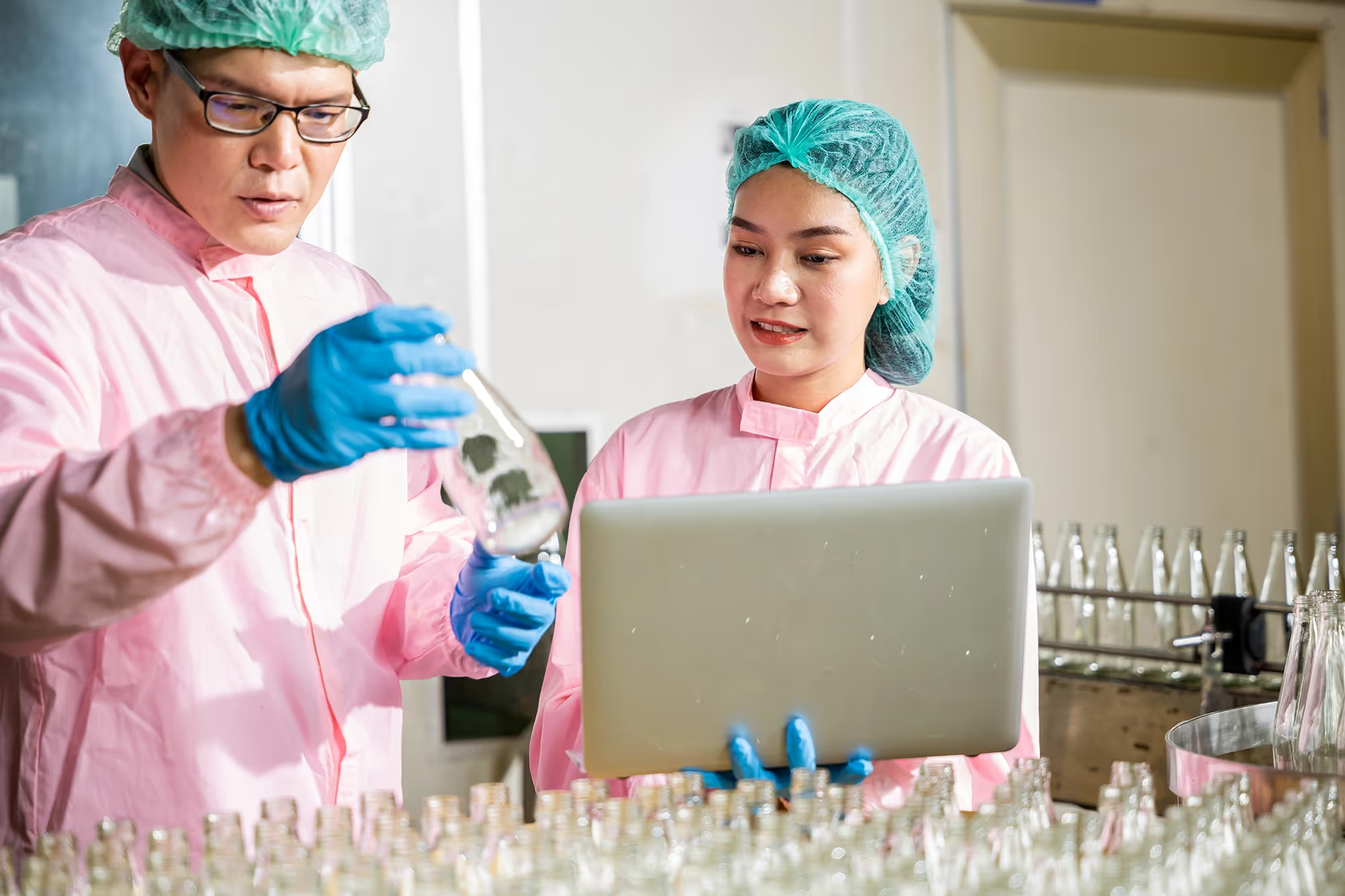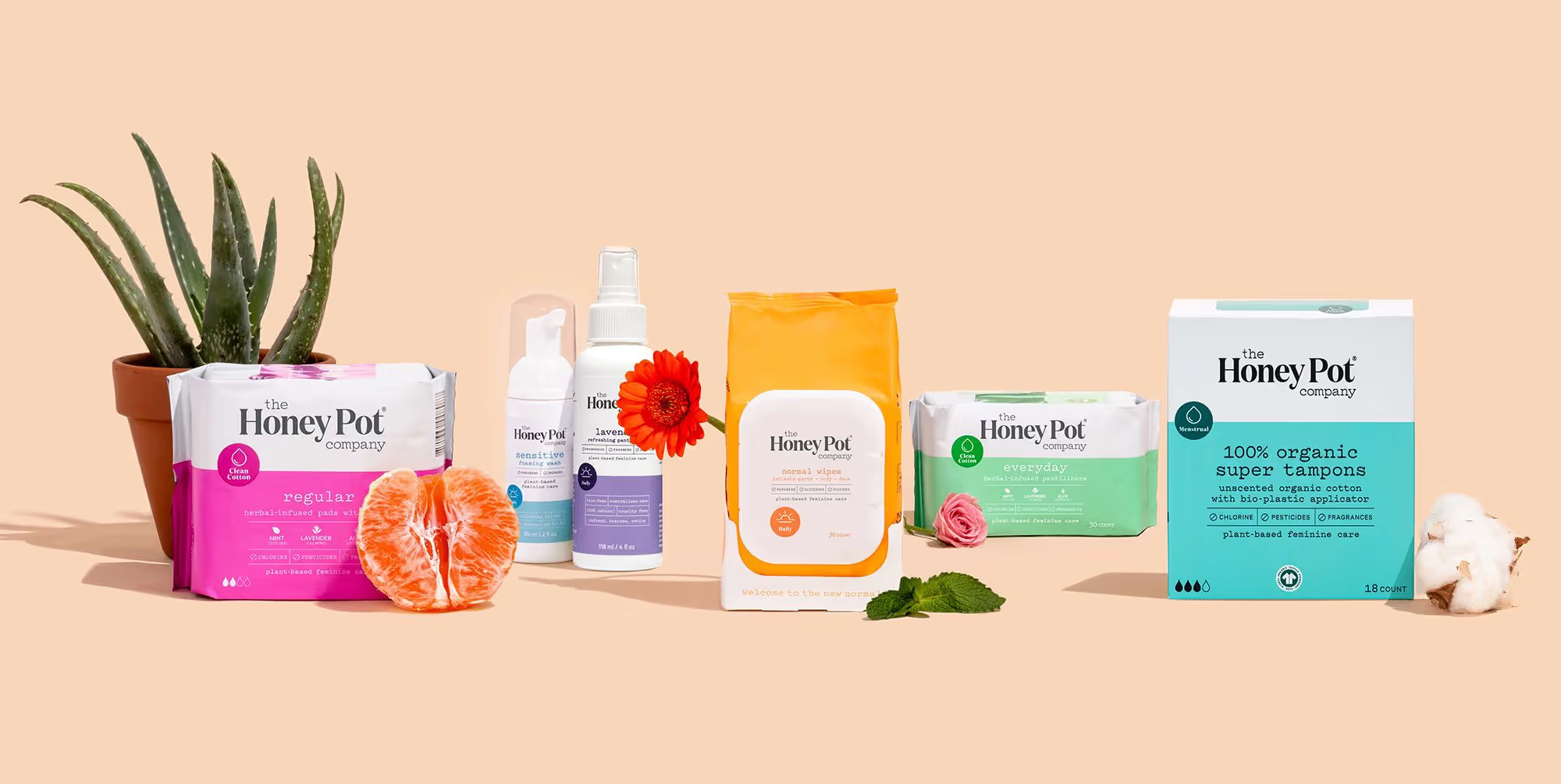Cosmetics Industry

The Challenge
The client is a successful and growing cosmetics company that wants to have full control and transparency over their manufacturing operations.
Their specific goals:
- Better Pricing. (product cost, quantity discount). The client was buying their product from a shipping agent (I,e., trade-company, middleman) and was paying high prices (shipping agents typically pad prices by 30% - 45%+). There was also no discounted pricing for larger order quantities (i.e., same price for 5k units vs. 100k units). The client wanted improvement in pricing and bulk discount.
- Better Payment terms to free up cashflow. The client was doing 50/50 payment terms (50% down, 50% upon completion). This tied up a significant amount of capital for several weeks to months. The client wanted better payment terms (30/70) to free up cashflow for marketing and other-related functions.
- Improve Existing Product. To reduce customer complaints, the client needed to improve their existing product formula and product bottle (bottle issue was responsible for over 50% of customer complaints). However, because they were working with the shipping agent and not the factory directly, they were unable to make these adjustments. For instance, the client was not provided detailed ingredient list/formula list even after multiple attempts.
- Develop New Products. (for upselling, increase Average Order Value [AOV]). The client wanted to develop ancillary product to help boost AOV. They were unable to do it with the shipping agent.
These issues hindered scaling.
Our Solutions
The key in helping this client achieve their goals is to find high-quality factories that are also cost-efficient that they can work with directly.
- Conducted due diligence and identified an excellent bottle factory. Because the bottles were responsible for a large number of complaints, we also talked to 40 bottle suppliers . From this list of 40, we narrowed it down to a short list of 5; received samples and performed rigorous tests of bottle performance. During the testing phase, we worked with the selected bottle supplier to improve the pump.
- Identified a top-tier cosmetic factory. Through extensive research and communicating with over 30 cosmetic manufacturers, we were able to identify a high-quality factory to work with that produces for some of the largest luxury cosmetic brands in the world (e.g., Estee Lauder, Fendi, Burts Bees). Our team met in person with both the bottle factory and the cosmetics factory in order to build a good working relationship and to fully examine the factories in person.
- Improved product quality of existing product. In order to improve the quality of the existing product, we worked closely with the new cosmetic factory to source more stable ingredients, which allowed us to increase the quality and stability of the product. We provided the client full transparency in the product development process, which includes sending test reports, providing FDA certificates, and arranging a visit for the client to inspect the factory themselves.
- Introduced new products. Worked with the new factory to develop new evergreen products; Went through multiple iterations of samples to figure out the best combination of texture and formula. Worked with a new bottle manufacturer to produce the exact bottle that the client was interested in using for his new products.
The Outcome
Here are the outcomes or results for the three major problems after taking the specified actions:
- Improved product quality at a lower price. We were able to produce an improved product (both better formula and better bottle) at a lower price. Savings from just the product cost was around roughly ~5%. This was done by removing the middleman and working with the skin care and bottle suppliers directly.
- Reduced customer complaints by 90%. The improvement in product quality and product bottle reduced customer complaints by 90-95%. This amounts to an estimated operations savings of 5% (by reducing returns).
- Improved payment terms from 50/50 [deposit/upon completion] to 30/70 payment terms. By building a relationship with the manufacturers directly, we were able to reduce how much the client had to pay initially (30% instead of 50%). This freed up the client’s cash flow, allowing them to use it on important revenue-generating activities such as media-buying.
- Reduced Minimum Order Quantity (MOQ). Our in-person relationships with the factories also helped us secure more favorable MOQs (reduced from 10K to 5K for new product launches). This also freed up cash flow for revenue-generating activities.
- Launched four new products for upsell, amounting to additional revenue of 20%.
Improve lead time. We worked directly with the supplier and were able to reduce lead time for several of the products. For one, we were able to reduce lead time by over 44% (from 45 days to 25 days). This prevented potential stock-out issues, which can be extremely costly when clients are actively running ads (but customers have nothing to buy). - Put in place a transparent and high-quality supply chain for potential exiting. The new supply chain infrastructure allows the client to be compliant with big box retailers as well as increasing the credibility of the company; This is important when it comes to raising capital or being acquired by a brand.
Other Case Studies
Connect Directly to China Factories Today
FAQ
How can I tell if I'm working with a middleman instead of a real factory?
Red flags include: vague factory locations, refusal to allow visits, no MOQ discounts regardless of order size, inability to answer technical manufacturing questions, and no direct contact with production staff. We verify manufacturers through physical factory audits and business license checks.
How much am I overpaying if I'm working with a trade company?
Typically 30-45%, sometimes more. The cosmetics brand in this case study was paying a flat rate with no quantity discounts and discovered they were overpaying by 45%. Going direct saved them tens of thousands per order while also improving quality control.
My middleman won't share my product formula. What can I do?
This is common. We work with testing labs to reverse-engineer formulas through ingredient analysis, or we connect you with factories specializing in formula development to create improved versions. Many brands discover their formula wasn't as proprietary as they thought.
How long does it take to transition from a middleman to a direct factory?
Plan for 6-10 weeks total: factory research (2-3 weeks), sampling and formula matching (3-4 weeks), first production run (2-3 weeks). We help you manage inventory timing so you don't run out of stock during the transition.
Can you renegotiate payment terms with manufacturers?
Yes, if you're working with a real factory. We helped this cosmetics brand move from 50/50 payment terms to 30/70, which freed up significant cashflow for marketing and other operations. Better payment terms are one of the major benefits of working directly with factories instead of middlemen.


.avif)
%20(1).png)
